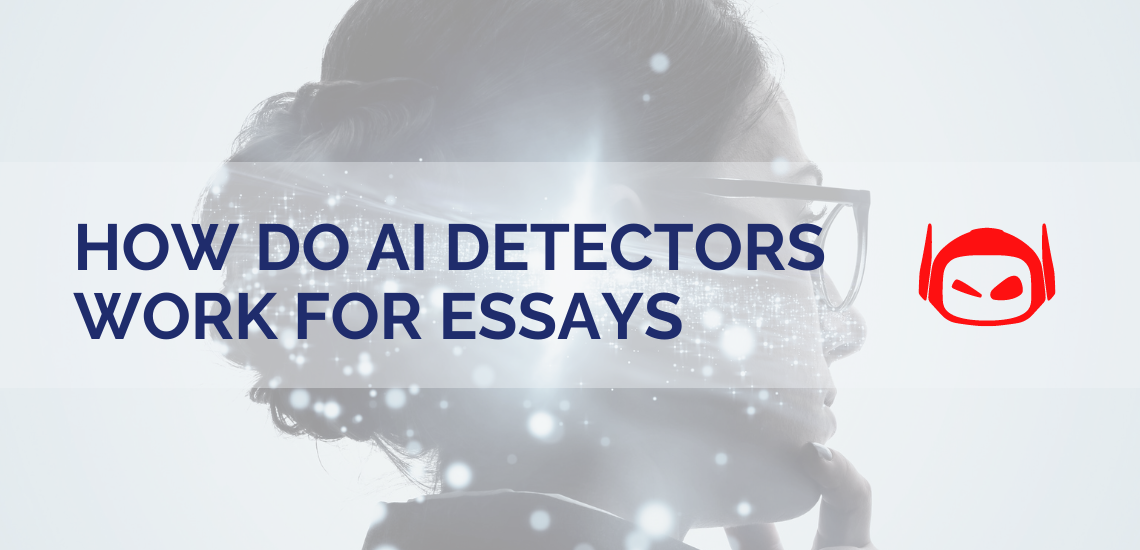
Do you want to know how do AI detectors work...

General Guide About Content and Writing
Professors and students alike use reference management software. When they’re...
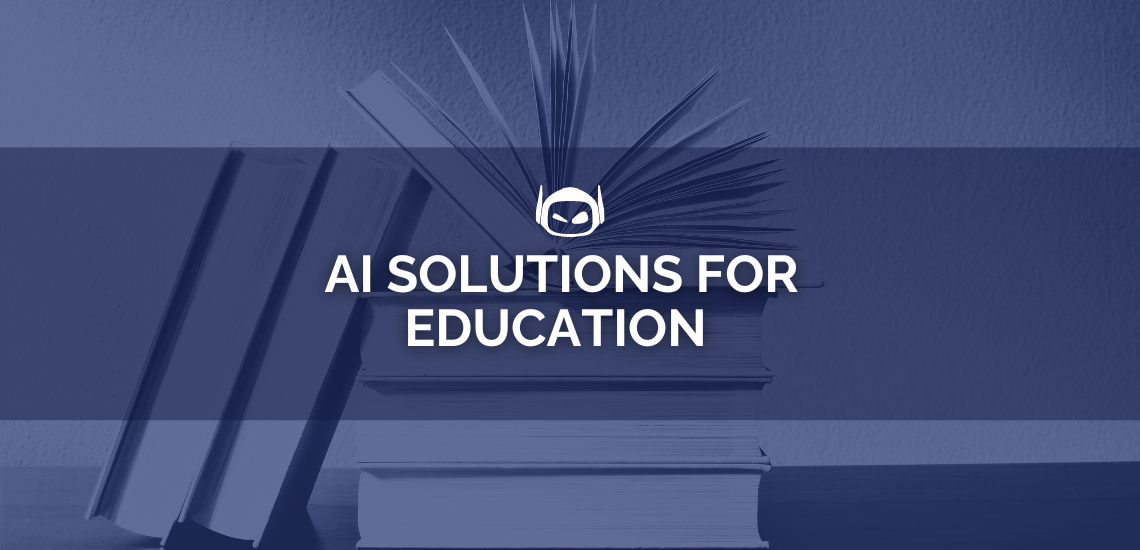
General Guide About Content and Writing
Do you feel like teachers are overwhelmed by the sheer...

AI text generation technology is developing at a rapid pace....

General Guide About Content and Writing
Do you want to know how AI affects education to...
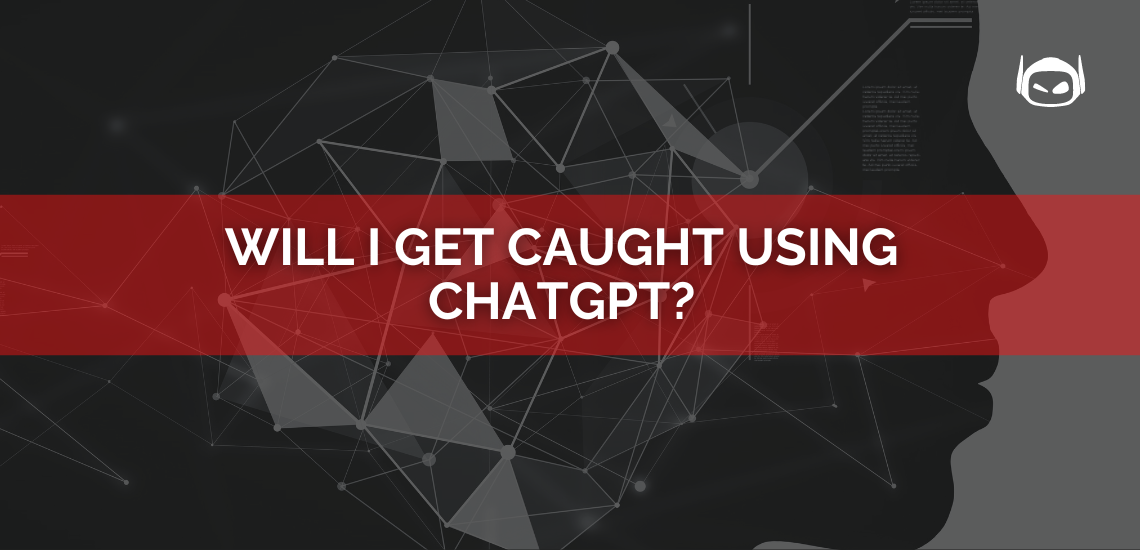
General Guide About Content and Writing
Are you wondering, “Will I get caught using ChatGPT?” In...
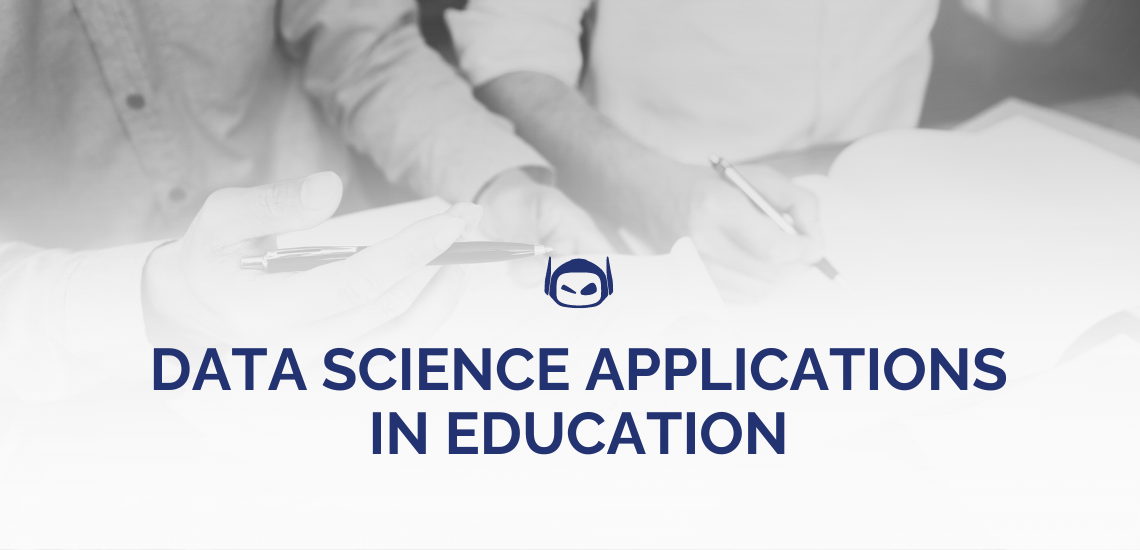
General Guide About Content and Writing
Do you want to learn the top data science applications...

General Guide About Content and Writing
AI in EdTech is advancing at a rapid pace, and...
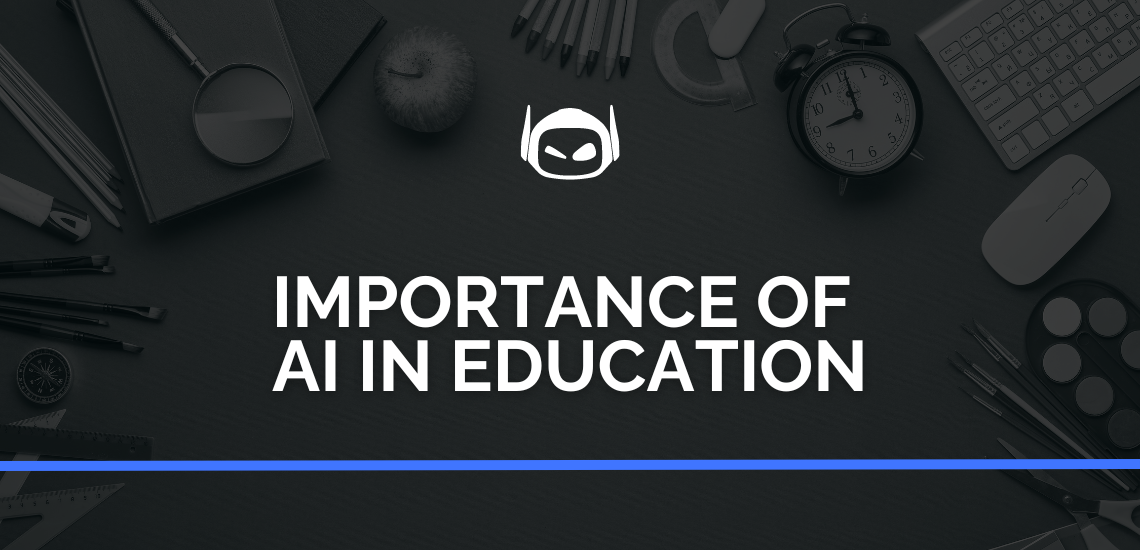
General Guide About Content and Writing
The importance of AI in education is growing as the...
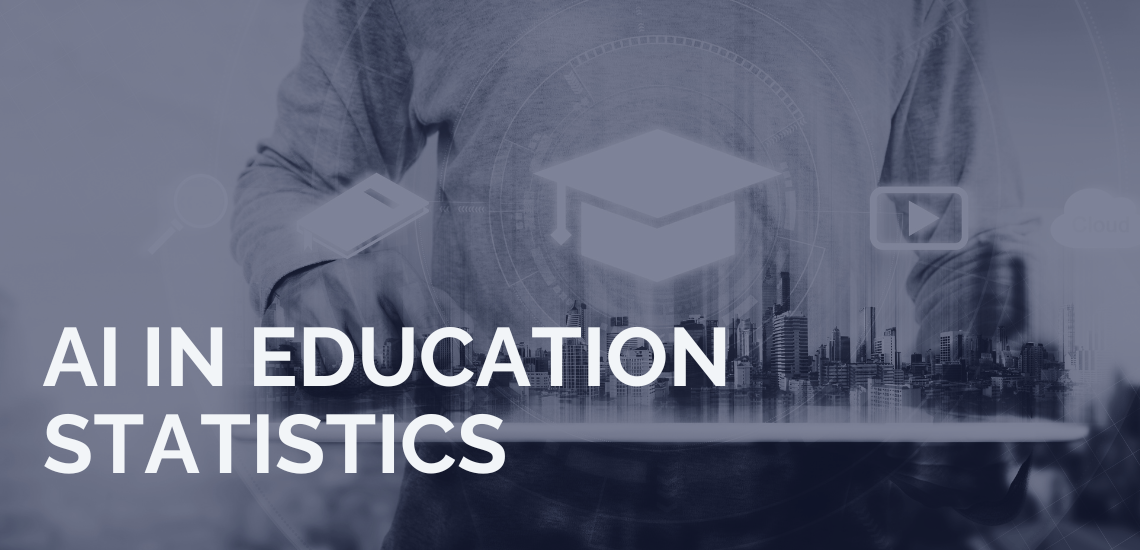
General Guide About Content and Writing
Are you having a hard time figuring out whether it...